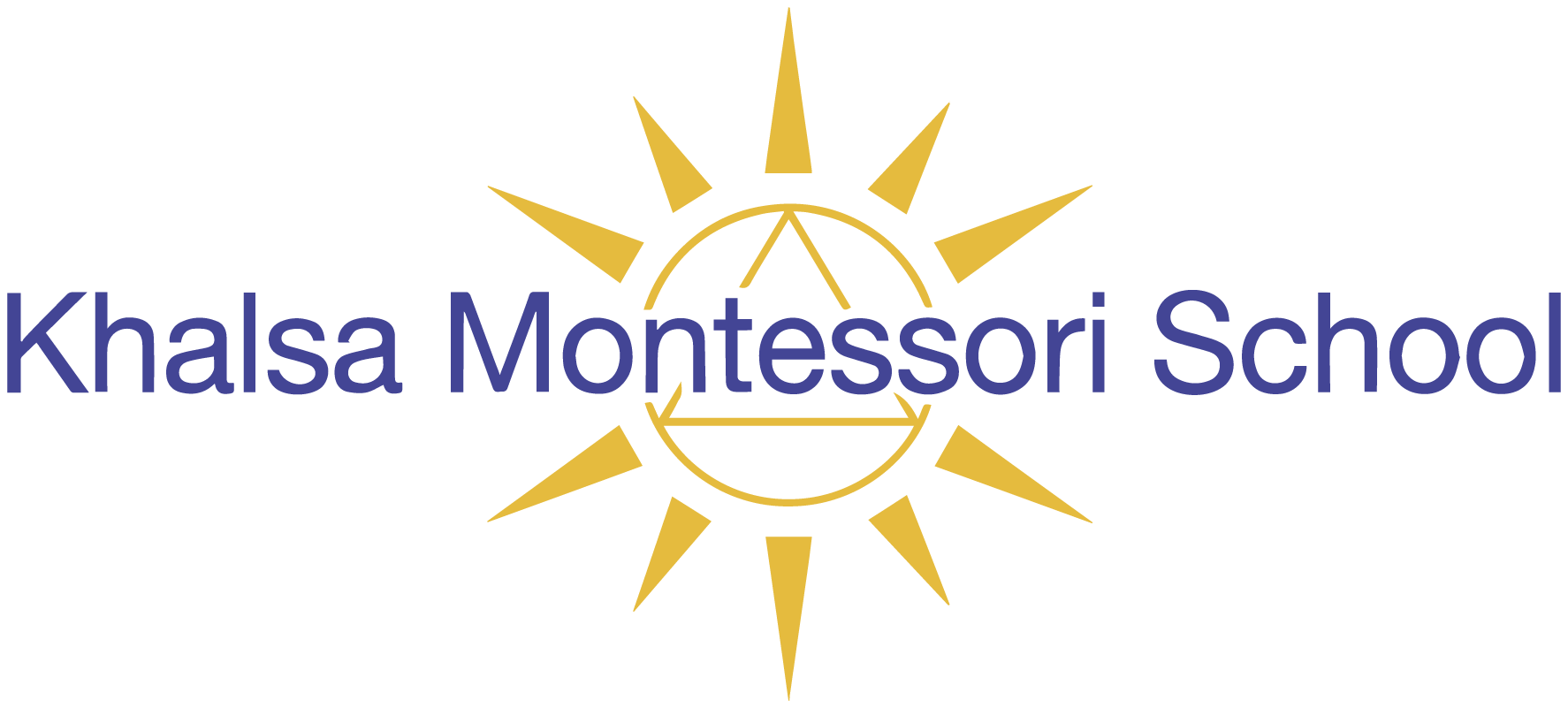Let me tell you a little story. Recently one of our five-year-old students, a bright and capable child in her third year, wasn’t too keen on language activities. This student, let’s call her Lily, loved practical life activities and would often shy away from anything that involved reading or writing. I invited her over to the language shelf. She hesitated, looking at me with a hint of stubbornness, and said, “I don’t want to do any language today.”
I could tell she was ready, so I gently encouraged her: “Ms. Candy told me how much you love a challenge. I’d love to see you try this. It would make my heart so happy!”
She looked at me as if to say, “Well, okay, I’ll humor you.” So, we began exploring the language materials together. After a few false starts, I pulled out a set of cards with three-letter words and a set of cards with matching pictures. At first, she was unsure, but as we moved through the cards, her confidence began to soar. One by one, she read the words aloud, and I couldn’t hide my excitement. “Wow! I didn’t know you could read this well!” I told her. “Let’s try a few more, shall we?”
By the time we finished, she had read through ten cards with growing confidence and pride. But when I suggested we move on to writing, she crossed her arms. “I don’t like writing,” she declared.
I wasn’t discouraged. Instead, I introduced her to something magical—the small Montessori movable alphabet. This isn’t just any alphabet. It’s a smaller version designed to help children build sentences on a rug. It even has punctuation marks like question marks and periods! When I explained what the period was for, she was amazed. “This is how you finish a thought!” I told her.
She immediately lit up. Without missing a beat, she ran to her teacher to share her discovery. Her pride was practically bursting out of her, and in that moment, I saw the joy of learning written all over her face. That’s the Montessori magic.
